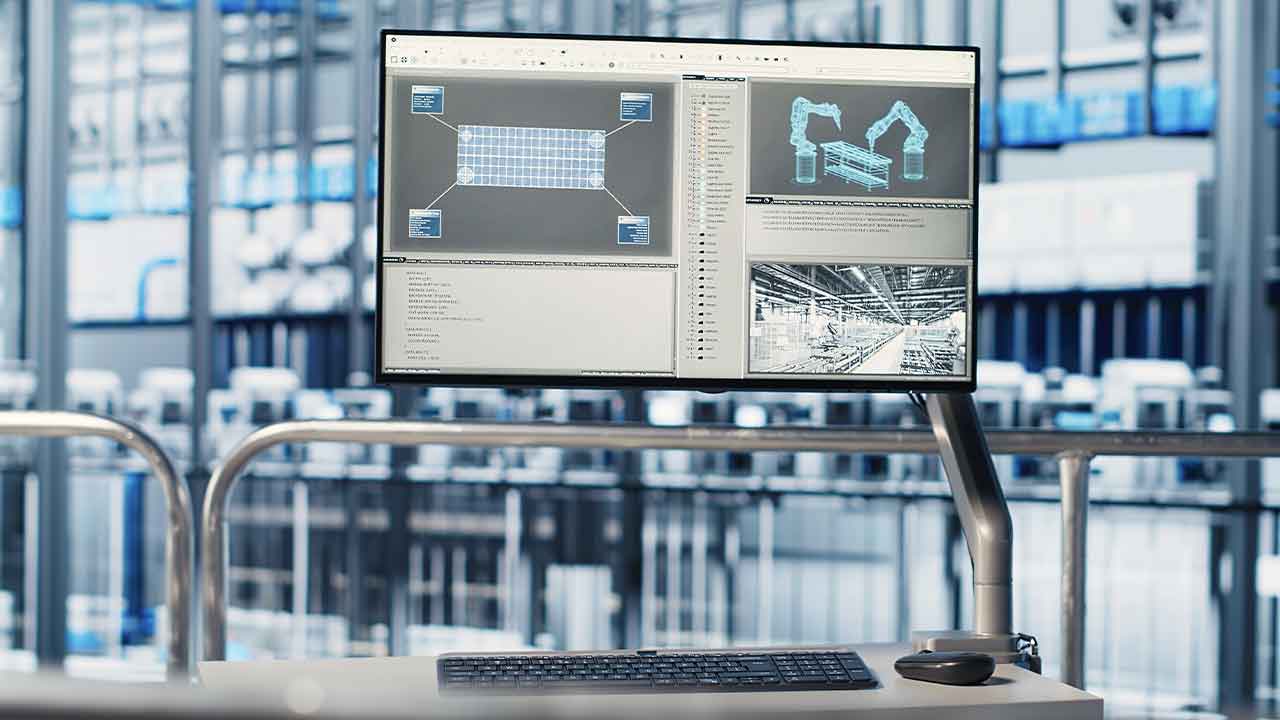The railway predictive maintenance and the enabling role of the Internet of Things
The availability of innovative technologies and the huge amount of data are the key factors able to revolutionizing maintenance in the 21st century. Leveraging deep engineering knowledge and data analytics capabilities, analysis of this data can be utilized to predict component failures and carry out root cause analysis when failures do occur, supporting continuous improving strategies and processes. This leads to tailored maintenance strategy, extending the useful life of components, reducing the labor costs related, and avoiding expensive corrective maintenance.
CORFIATI et al. report the results of several studies that show how the correct implementation of a railway predictive maintenance strategy is able to guarantee savings of between 8% and 12% with respect to scheduled preventive maintenance.
Further surveys independent from the above studies [3] show the following average indicative industrial results regarding diverse types of machineries and components:
- reduction of maintenance costs: from 25 to 30%;
- elimination of faults: from 70 to 75%;
- reduction in downtime: from 35 to 45%;
Within the era of the Industrial Internet of Things there is a cross fertilization between railway engineering and Information Technology, and it requires the utilization of vertically integrated knowledge that overtake the paradigms of the classical railway engineering.
It goes without saying that PM can be applied not just to the rail world but, like a system of differential equations, it can also be scaled to different industries just by changing the border conditions. In fact, it can also be applied to other branches, such as healthcare, aerospace and defense, automotive, energy and utilities, and Telco.
This paper provides a brief introduction to the predictive maintenance within the rail sector, emphasizing railway engineering elements, Information Technology and data mining aspects, and business implications obtainable through this innovative framework.
The white paper consists of three macro parts that tackle the multidisciplinary nature of railway predictive maintenance providing an overview.
In the first part, after a brief introduction on the concepts of predictive maintenance, the same is contextualized in the railway sector, identifying the problems that led to the digitization of maintenance, the genesis and evolution of applied solutions, describing processes, and methodologies used through an analysis of the state of the art.
Subsequently, in the second part, the role of the Inter- net of Things and of the technologies enabling the railway predictive maintenance is emphasized; in fact, it is pro- posed an information flow aimed at converting raw data into useful information using predictive tools, and de- scribing the necessary IT infrastructures. An additional paragraph outlines the potential of the IoT Lumada framework, outlining some applications to the railway sector.
Finally, the third part of the article describes how effective predictive maintenance solutions can have a positive impact on the railway business and, at the same time, revolutionize maintenance approaches.
Further reading: Unleash the Power of IoT-based Predictive Maintenance
 This article was written by Antonio Lugara, a civil engineer with specialization on transportation and logistics. He took an additional master degree in management and finance. Since adolescence, he developed the passions for the Information Technology and the Transportation field, passions that influenced his academic studies and his working career according to a cross-fertilization path between the two worlds, that, in the Era of the Industrial Internet of Things, are always more interconnected.
This article was written by Antonio Lugara, a civil engineer with specialization on transportation and logistics. He took an additional master degree in management and finance. Since adolescence, he developed the passions for the Information Technology and the Transportation field, passions that influenced his academic studies and his working career according to a cross-fertilization path between the two worlds, that, in the Era of the Industrial Internet of Things, are always more interconnected.




